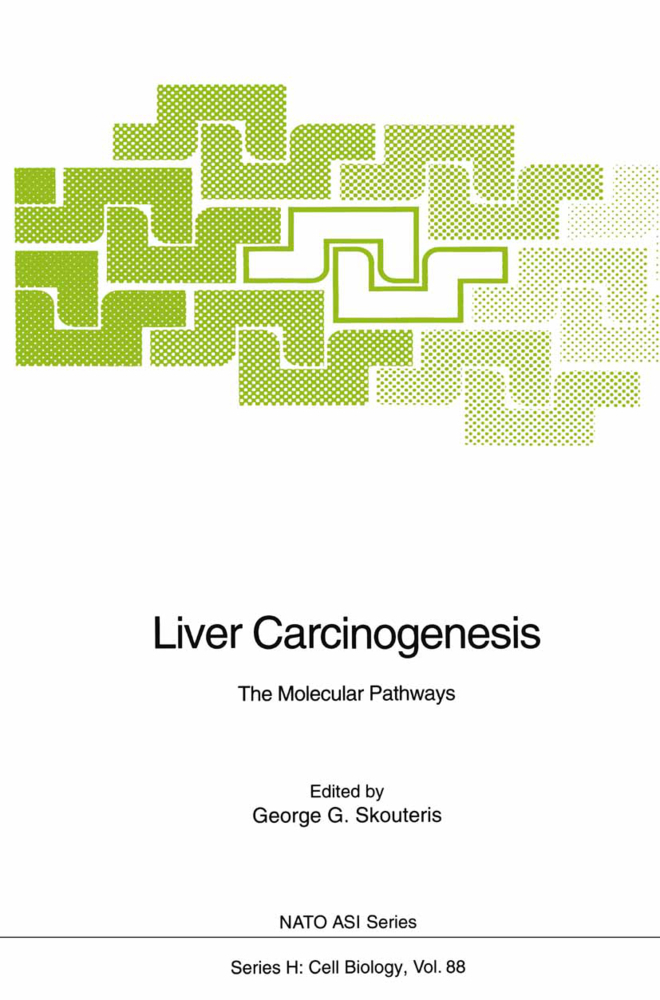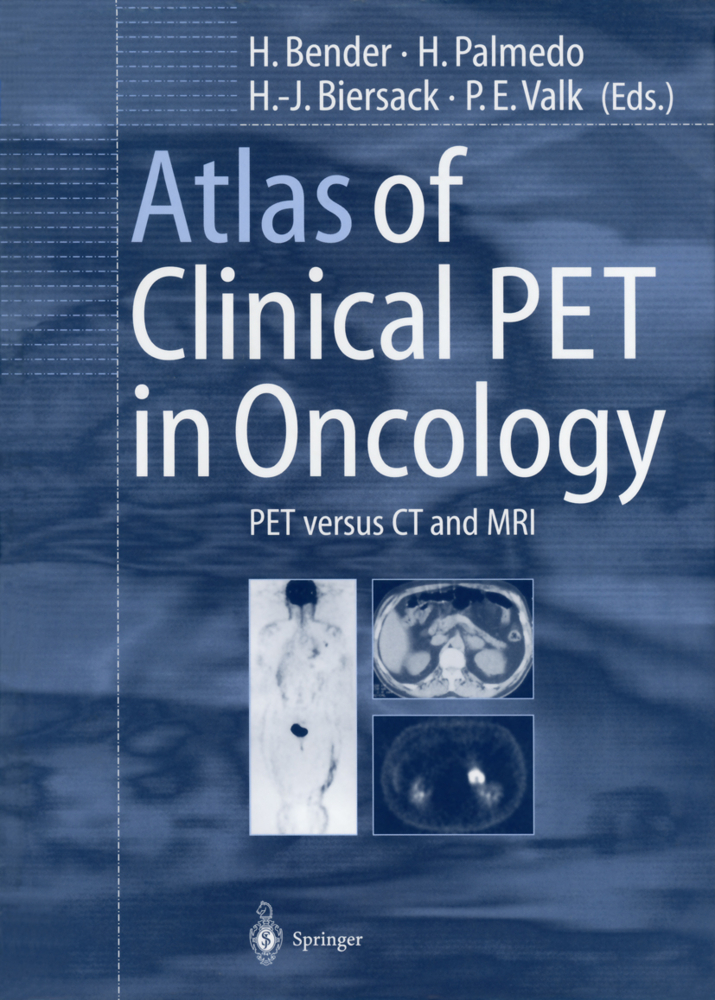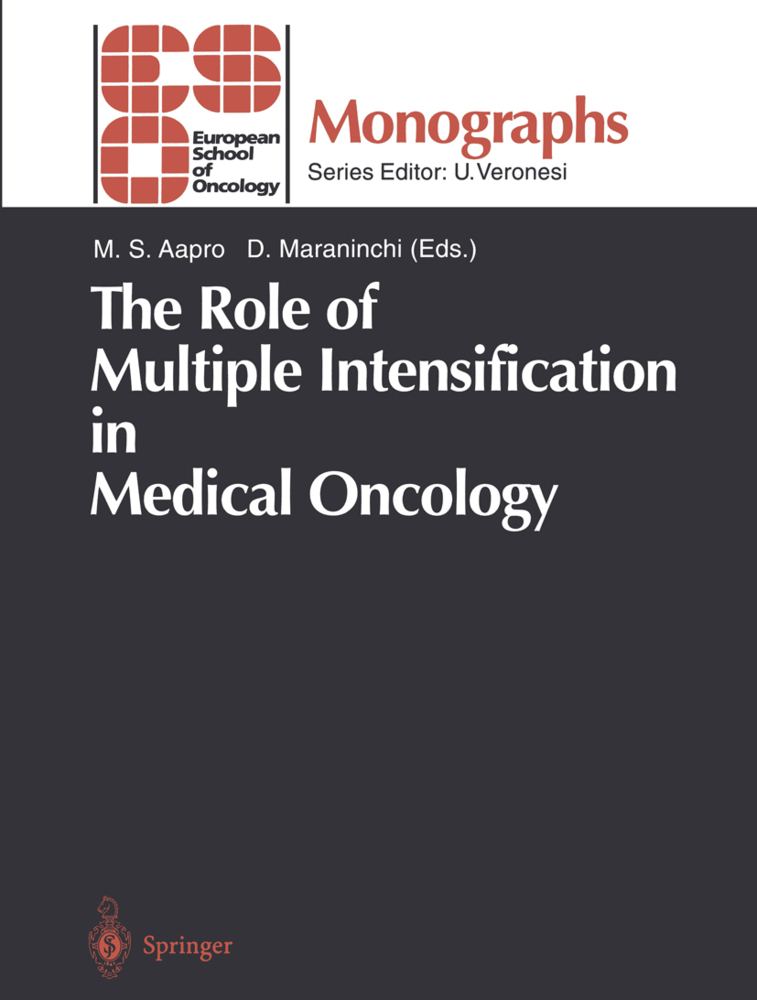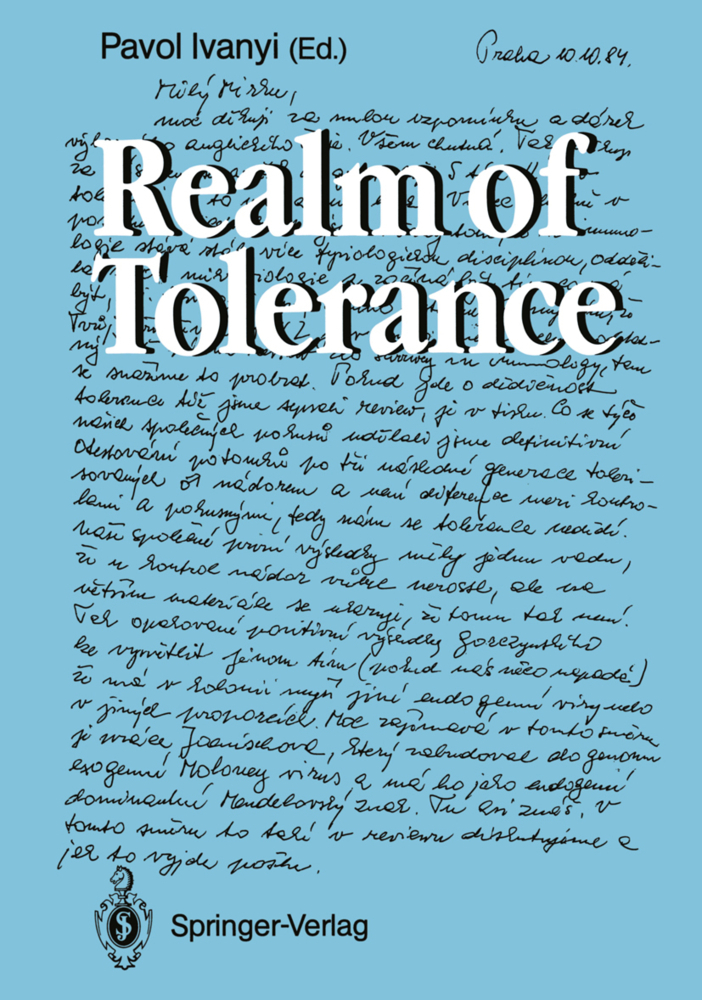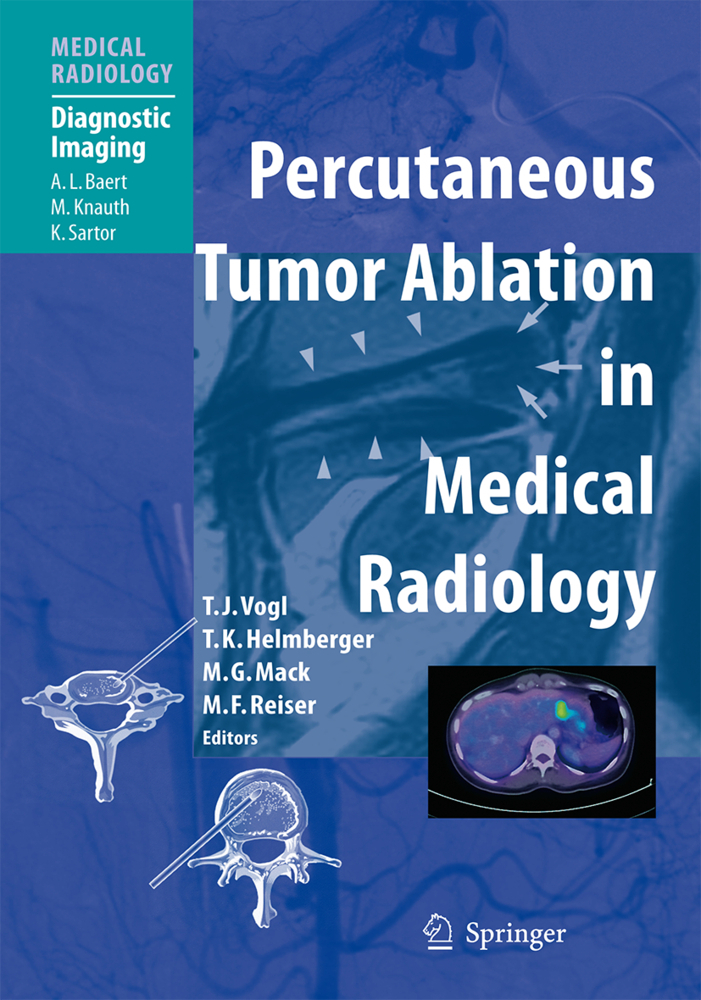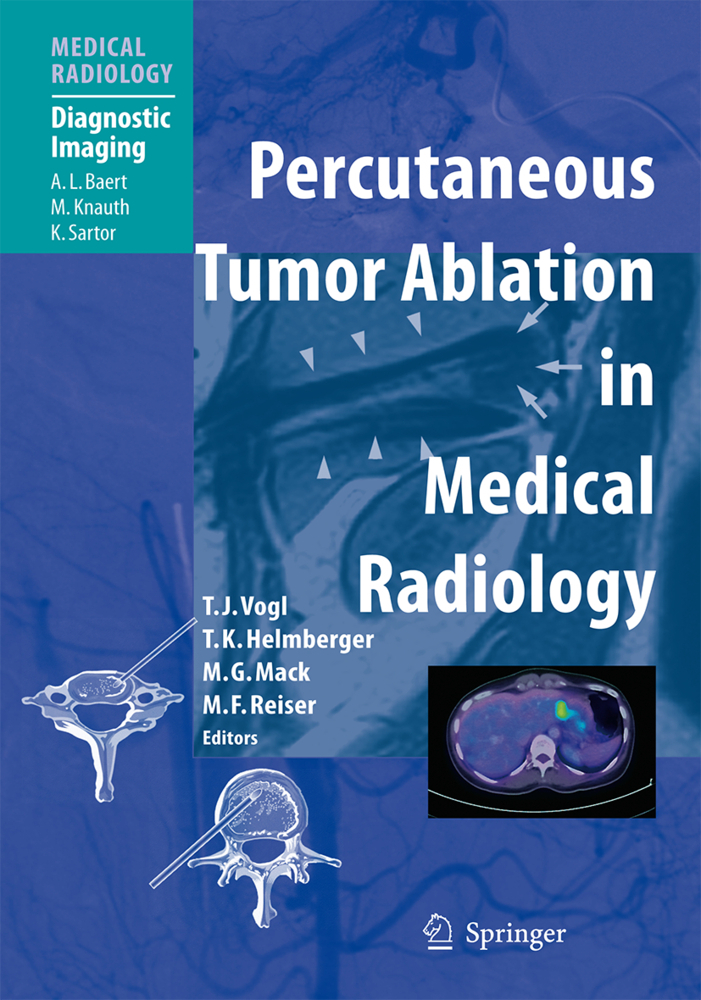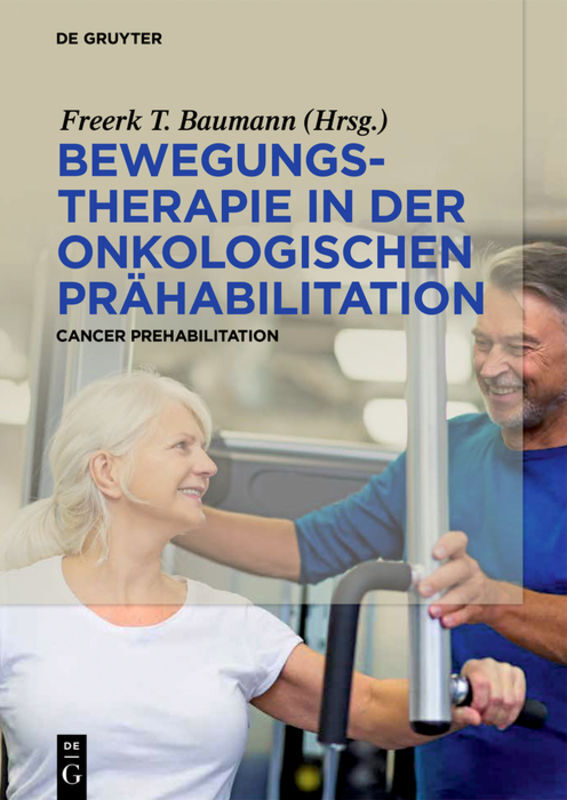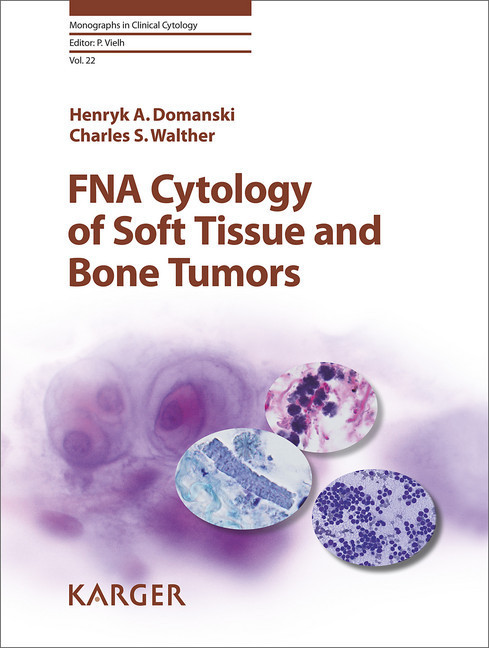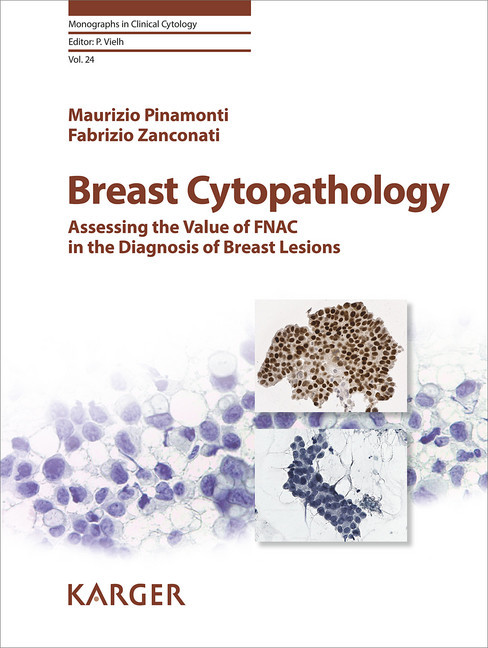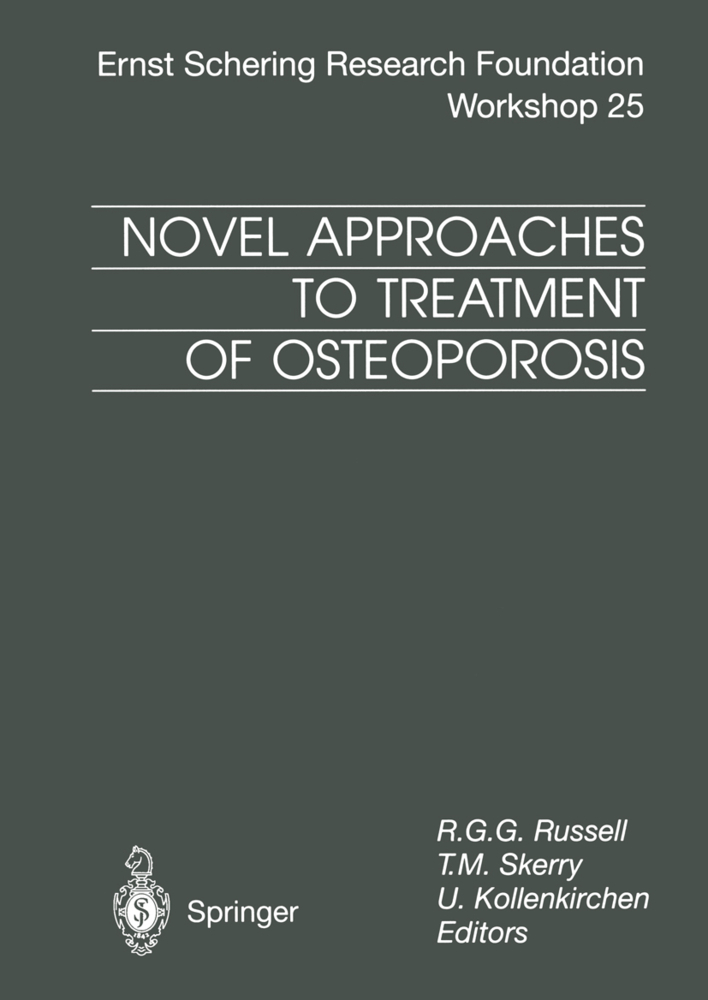Liver Carcinogenesis
The Molecular Pathways
Liver Carcinogenesis
The Molecular Pathways
During the last years much attention has been given to the investigation of the roles of specific growth modulators acting on liver cell populations. HGF functions as a pleotropic factor in the liver as well as in other extrahepatic tissues. The hepatic stem cell compartment is thought to play a major role in liver tissue restoration. Mechanisms of cell growth and cell death of the liver are described in detail, with particular emphasis on apoptosis. The functions of HBV-pX protein and the roles of hepatitis B virus gene expression relation to hepatocellular carcinoma are discussed. Techniques for obtaining human and nonhuman hepatocytes and other liver cell types and for efficient transfer and expression of genes in hepatocytes and liver-derived cell lines are presented.
Structure, pleiotropic actions and organotrophic roles of hepatocyte growth factor
Hepatocyte Growth Factor and its variant with a deletion of five amino-acids are distinguishable in biological, physicochemical and immunochemical properties
Growth stimulation mediated by G protein-coupled receptors in hepatocytes: Synergism with epidermal growth factor and mechanisms of signal transduction
Protein tyrosine phosphatases in signal transduction
C-myc is essential for initiation of DNA synthesis in EGF-stimulated hepatocyte cultures
Cellular biology of the rat hepatic stem cell compartment
Changes in protein expression during oval cell proliferation in the liver
Stem cell activation in the acetylaminofluorene-treated regenerating rat liver: A bile ductular reaction?
Apoptosis and its role in hepatic carcinogenesis by non-genotoxic agents
Cell proliferation and cell death in the liver: Patterns, mechanisms and measurements
Preneoplastic changes during non-genotoxic hepatocarcinogenesis
mRNA composition of rat liver tumors initiated by aromatic amines
Liver ?-Glutamyl transpeptidase activity after cyclosporine A and amlodipine treatment
Enhanced expression of the 27KDa heat-shock protein during DENA-induced hepatocarcinogenesis in rat and in human neoplastic and non-neoplastic liver tissues
Hepatic recovery of dimethylnitrosamine-cirrhotic rats after injection of the liver growth factor
Cell contact-mediated regulation of hepatocyte differentiation/proliferation: Role of LRP(s)
Interactions of human hepatocytes with hepatitis B virus
Liver-specific aspects of hepatitis B virus gene expression
Transcriptional involvement of the hepatitis B virus protein incellular transduction systems. Protein-protein interactions with bZip transactivators
Role of duck hepatitis B virus infection, aflatoxin B1 and p53 mutation in hepatocellular carcinomas of ducks
The preparation and culturing of rat hepatocytes
Isolation and growth of hepatocytes and biliary epithelial cells from normal and diseased human livers
A novel strategy for isolating HEPR, a human small intestinal cytidine deaminase
Regenerating liver: Isolation of up- and down-regulated gene products
Hepatotrophic and renotrophic activities of HGF in vivo: Possible application of HGF for hepatic and renal diseases
Targeted gene delivery and expression
Studies on persistence and enhancement of targeted gene expression
The generation of tumor vaccines by adenovirus-enhanced transferrinfection of cytokine genes into tumor cells.
Molecular pathways in hepatocyte proliferation
HGF and liver growth regulationStructure, pleiotropic actions and organotrophic roles of hepatocyte growth factor
Hepatocyte Growth Factor and its variant with a deletion of five amino-acids are distinguishable in biological, physicochemical and immunochemical properties
Growth stimulation mediated by G protein-coupled receptors in hepatocytes: Synergism with epidermal growth factor and mechanisms of signal transduction
Protein tyrosine phosphatases in signal transduction
C-myc is essential for initiation of DNA synthesis in EGF-stimulated hepatocyte cultures
Cellular biology of the rat hepatic stem cell compartment
Changes in protein expression during oval cell proliferation in the liver
Stem cell activation in the acetylaminofluorene-treated regenerating rat liver: A bile ductular reaction?
Apoptosis and its role in hepatic carcinogenesis by non-genotoxic agents
Cell proliferation and cell death in the liver: Patterns, mechanisms and measurements
Preneoplastic changes during non-genotoxic hepatocarcinogenesis
mRNA composition of rat liver tumors initiated by aromatic amines
Liver ?-Glutamyl transpeptidase activity after cyclosporine A and amlodipine treatment
Enhanced expression of the 27KDa heat-shock protein during DENA-induced hepatocarcinogenesis in rat and in human neoplastic and non-neoplastic liver tissues
Hepatic recovery of dimethylnitrosamine-cirrhotic rats after injection of the liver growth factor
Cell contact-mediated regulation of hepatocyte differentiation/proliferation: Role of LRP(s)
Interactions of human hepatocytes with hepatitis B virus
Liver-specific aspects of hepatitis B virus gene expression
Transcriptional involvement of the hepatitis B virus protein incellular transduction systems. Protein-protein interactions with bZip transactivators
Role of duck hepatitis B virus infection, aflatoxin B1 and p53 mutation in hepatocellular carcinomas of ducks
The preparation and culturing of rat hepatocytes
Isolation and growth of hepatocytes and biliary epithelial cells from normal and diseased human livers
A novel strategy for isolating HEPR, a human small intestinal cytidine deaminase
Regenerating liver: Isolation of up- and down-regulated gene products
Hepatotrophic and renotrophic activities of HGF in vivo: Possible application of HGF for hepatic and renal diseases
Targeted gene delivery and expression
Studies on persistence and enhancement of targeted gene expression
The generation of tumor vaccines by adenovirus-enhanced transferrinfection of cytokine genes into tumor cells.
Skouteris, George G.
| ISBN | 978-3-642-79217-5 |
|---|---|
| Artikelnummer | 9783642792175 |
| Medientyp | Buch |
| Copyrightjahr | 2011 |
| Verlag | Springer, Berlin |
| Umfang | XIX, 483 Seiten |
| Abbildungen | XIX, 483 p. |
| Sprache | Englisch |

